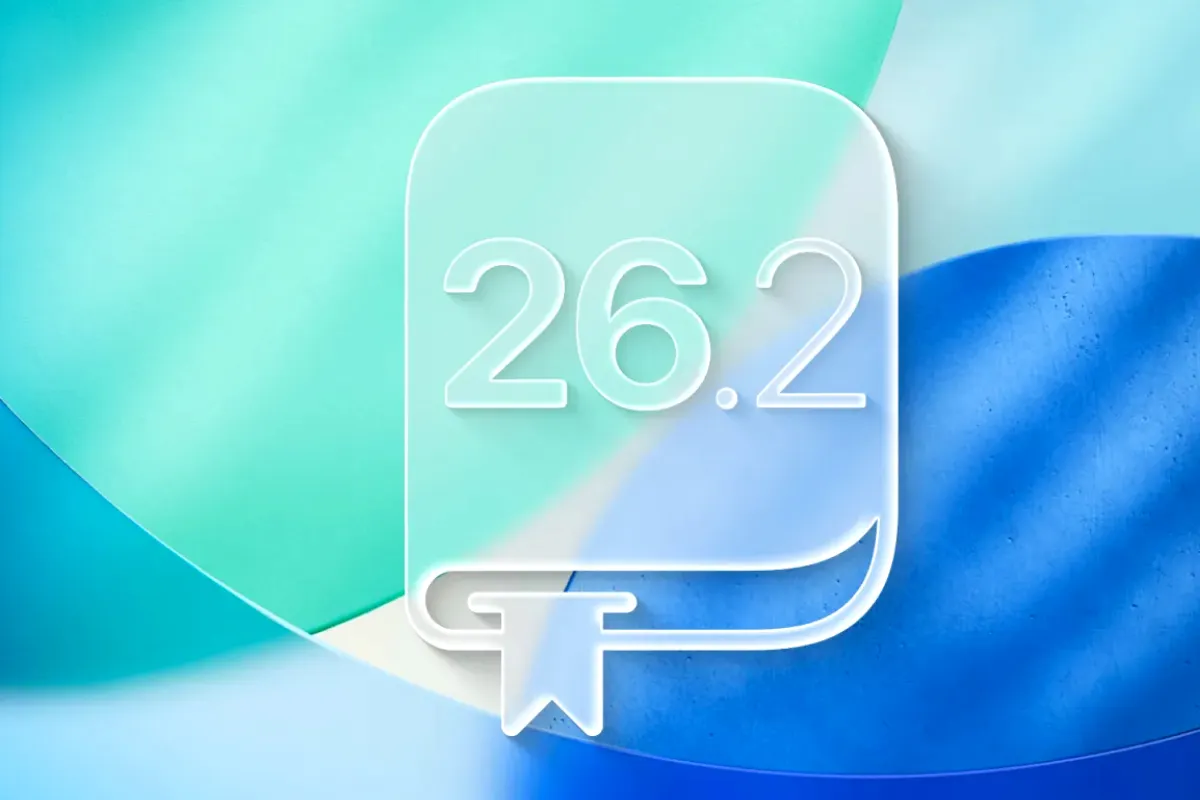New Brain-Computer Interface Can Now Read Human Thoughts!

New Brain-Computer Interface Can Now Read Human Thoughts!
In a groundbreaking medical and technological milestone, researchers at Stanford University have created a brain-computer interface (BCI) capable of decoding a person’s silent inner monologue — known as inner speech — with real-time accuracy of up to 74%.
The innovation holds major promise for individuals living with severe paralysis, including those affected by ALS or brainstem strokes, enabling them to communicate purely through thought without the need for physical speech.
How the Technology Works
Using electrode arrays implanted in the motor cortex, neural signals were recorded from four participants instructed to either imagine words silently or attempt speaking them aloud. Although inner speech activated similar brain areas to spoken attempts, its signals were weaker yet distinct enough to train AI models. These models decoded imagined sentences from a vocabulary of 125,000 words with impressive accuracy.
Privacy Through a ‘Mental Password’
To safeguard user privacy, the system includes a “mental password” — a preselected phrase such as “chitty chitty bang bang” — which must be thought before decoding begins. This feature prevented unintended readings with over 98% success.
Unlike traditional speech-assist technologies that require physically exhausting attempts to speak, this inner speech BCI bypasses physical effort entirely, making communication smoother and less tiring. While still in its early stages, researchers are optimistic, aiming to improve accuracy with advanced implants and AI so future BCIs can handle natural, free-flowing conversation while maintaining robust privacy protections.
Catch all the Technology News, Breaking News Event and Trending News Updates on GTV News
Join Our Whatsapp Channel GTV Whatsapp Official Channel to get the Daily News Update & Follow us on Google News.














